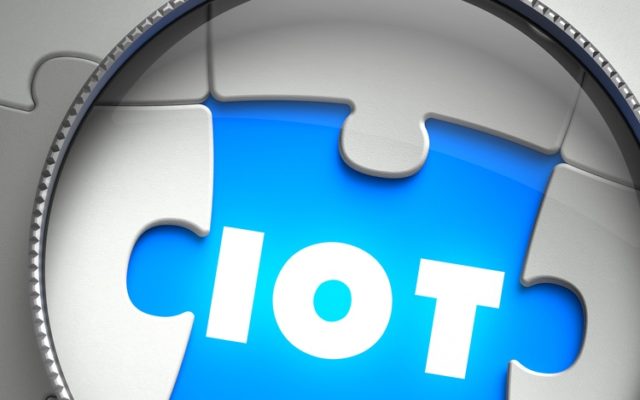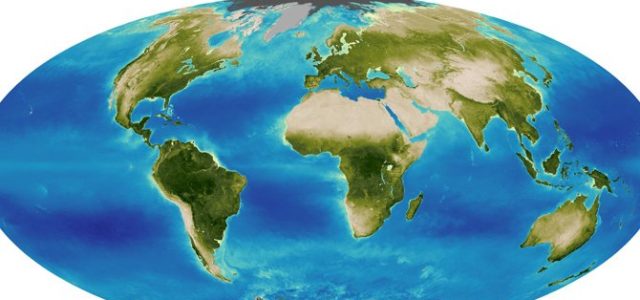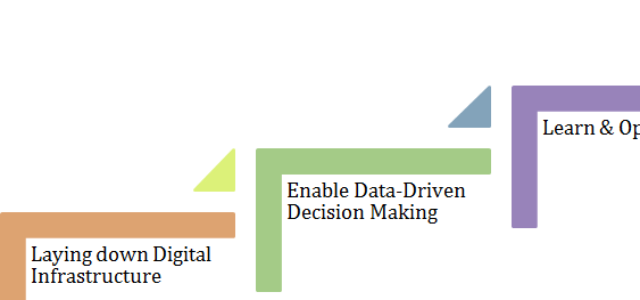The Internet of Things (IoT) began as an emerging trend and has now become one of the key element of Digital Transformation that is driving the world in many respects. If your thermostat or refrigerator is connected to the Internet, then it is part of the consumer IoT. If your factory equipment has sensors connected to internet, then it is part of the Industrial IoT (IIoT).
The IoT has an impact on end consumers, while IIoT has an impact on industries like Manufacturing, Aviation, Utility, Agriculture, Oil & Gas, Transportation, Energy and Healthcare. IoT refers to the use of “smart” objects, which are everyday things from cars and home appliances to athletic shoes and light switches connected to the Internet, transmitting and receiving data and connecting the physical world to the digital world.
IoT is mostly about human interaction with objects. Devices can alert users when certain events or situations occur or monitor activities:
- Google Nest sends an alert when the temperature in the house drops below 68 degrees
- Garage door sensors alert when open
- Turn up the heat and turn on the driveway lights half an hour before you arrive home
- Meeting rooms that turns off the lights when no one is using them
- A/C switches off when windows are open
IIoT on the other hand, focuses on workers’ safety, productivity and monitors activities and conditions with remote control functionality:
- Drones to monitor oil pipelines
- Sensors to monitor chemical factories, drilling equipment, excavators, earth movers
- Tractors and sprayers in agriculture
- Smart cities might be a mix of commercial and IIoT.
IoT is important but not critical while IIoT failure often results in life-threatening or emergency situations.
IIoT provides an unprecedented level of visibility throughout the supply chain. Individual items, cases, pallets, containers and vehicles can be equipped with auto identification tags and tied to GPS-enabled connections to continuously update location and movement.
IoT generates medium or high volume of data while IIoT generates huge amounts of data – a single turbine compressor blade can generate more than 500GB of data per day. Big Data, Cloud computing, machine learning are necessary computing requirements.
In the future, IoT will continue to enhance our lives as consumers, while IIoT will enable efficient management of the entire supply chain.
Article by channel:
Everything you need to know about Digital Transformation
The best articles, news and events direct to your inbox
Read more articles tagged: Featured, Internet of Things






